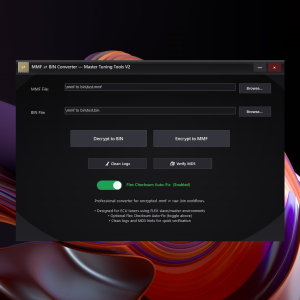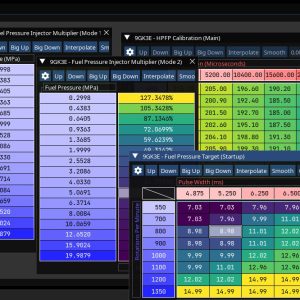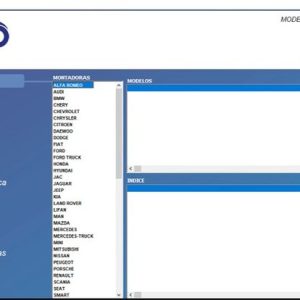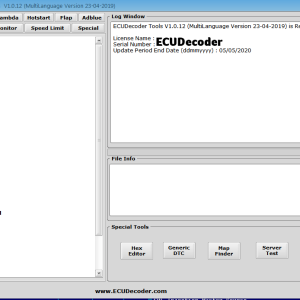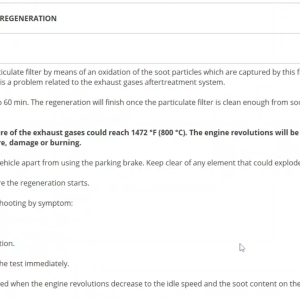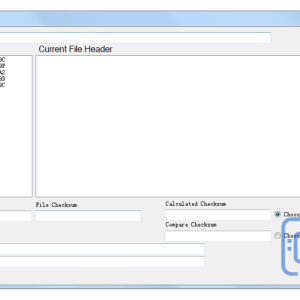What is Stage 3 Tuning? 🚗
Stage 3 tuning represents an advanced level of ECU remapping and modifications, typically aimed at maximizing the performance of high-performance vehicles. This level of tuning often involves significant hardware upgrades alongside software adjustments to achieve optimal results.
Key Characteristics of Stage 3 Tuning 🔧
- Enhanced engine components: Upgraded turbochargers, intercoolers, and exhaust systems are common.
- Higher boost levels: Increased turbo boost pressure for more power.
- Custom ECU remapping: Tailored software adjustments to accommodate hardware changes.
- Fuel system upgrades: Enhanced injectors and fuel pumps to support increased fuel demands.
Benefits of Stage 3 Tuning ✅
- 🎯 Significant power gains: Expect substantial increases in horsepower and torque.
- ⚙️ Improved throttle response: More immediate power delivery.
- 🔧 Enhanced engine efficiency: Optimized fuel consumption under performance conditions.
Considerations Before Stage 3 Tuning ❌
- 🔍 Compatibility: Ensure your vehicle is suitable for Stage 3 modifications.
- 💰 Cost: This level of tuning can be expensive due to necessary hardware upgrades.
- ⚠️ Not verified: The exact performance gains can vary significantly based on the vehicle make and model.
Typical Hardware Upgrades for Stage 3 Tuning 🛠️
- 🚀 Turbocharger: Larger, more efficient turbos for increased airflow.
- 🌬️ Intercooler: Upgraded intercoolers to manage intake temperatures.
- 🔩 Exhaust system: High-flow exhaust systems to reduce back pressure.
- 🛢️ Fuel injectors: Larger injectors to meet increased fuel demands.
Stage 3 Tuning Process 🔧
- 🔍 Assess vehicle condition: Ensure the engine and supporting systems are in good working order.
- ⚙️ Upgrade hardware: Install necessary performance parts.
- 💻 ECU remapping: Use specialized software to adjust the ECU settings for optimal performance.
- 📈 Dyno testing: Validate performance gains and make adjustments as needed.
Conclusion 🔧🚗
Stage 3 tuning is not for the faint of heart; it requires careful planning, significant investment, and a deep understanding of automotive performance dynamics. When executed correctly, it can transform a vehicle into a high-performance machine capable of impressive feats on the road or track.

